The Grandiose Ambition of the Great Southern of Spain Railway Company Ltd.
Baúl to Gor Ascent, Venta de Baúl Summit & El Baúl Bridge
Ascending the demanding Baúl to Gor section to reach the 1,276-meter Venta de Baúl summit, the highest point on the original line. This article details the massive engineering required to navigate the Gor Gorge and the iconic Puente de El Baúl, a towering 145-metre metal viaduct often—but incorrectly—attributed to Eiffel. Learn how the railway's serpentine loop and the remote station placement at Gorafe created a new station village, setting the stage for the notorious crisis at the Gor Viaduct.
By Nick Nutter on 2025-10-5 | Last Updated 2025-10-23 | The Grandiose Ambition of the Great Southern of Spain Railway Company Ltd.
This article has been visited 243 times

Estación Gorafe 2025
The Descent into the Gorge: Baúl to Gor
From the small village of Baúl, the railway began its ascent to the highest point on the entire route, the Venta de Baúl, perched at over 1,276 metres above sea level. This section was a masterclass in challenging mountain railroading, defined by the formidable Gor gorge.
Do you enjoy my articles? For your reading pleasure, this website does not carry third party ads. You could help me write more articles by buying me a cup of coffee.
Topography: Where the Badlands Meet the Sierra
The journey from Baúl to Gor is a textbook example of the Granada Geopark's diverse geology.
You start on the dramatic, eroded plains of the Hoya de Baza, a landscape defined by the "badlands"—spectacular hills of red and ochre earth sculpted by water into intricate ravines. But as you travel west, the terrain begins a noticeable climb, transitioning sharply to the rugged foothills of the Sierra de Baza Natural Park.
The topography here is dictated by the Gor River, which carves a deep valley into the rising terrain. To maintain the necessary elevation while navigating the slopes, the railway had to perform a massive engineering feat: a huge loop that skirted the mountains, diving deep into the Gor River valley between the stations of Gorafe and Gor. This serpentine route was designed with numerous inclines to avoid costly cuttings and embankments.
The Puente de El Baúl: An Icon in Iron
The most significant structure on this section is the Puente de El Baúl (Bridge of El Baúl), one of the most recognized landmarks on the old line.
This striking metallic viaduct, standing over 30 metres high and stretching 145 metres long, was built to span the deep Barranco de Baúl. Although its sophisticated, riveted-iron design is often popularly attributed to the renowned French engineer Gustave Eiffel, this remains an appealing legend rather than a documented fact. Regardless of its precise author, the bridge is an enduring symbol of the technical ambition of the era.
The bridge was a key component of the infrastructure that the new Spanish Railway Company inherited from the GSSR. Its successful construction by the company August Lecoq & Cie. around 1907 secured the line's path across this major geographical obstacle.
The Stations and the Loop
The immense loop the line made around the Gor Valley led to some geographical oddities regarding the two stations on this stretch:
Estación Gorafe was located over ten kilometres from the village it was named for, which severely limited its impact on the town's economy. However, it was located much closer to the village of Gor. Consequently, a small settlement known as the "station village," complete with a basic hotel and accommodation for railway workers, sprang up at the site, a direct result of the railway's presence.
Estación Gor was situated nearly four kilometres from its namesake village, but the Gor population often found it more convenient to use the Gorafe station due to the line's immense detour.
The complexity of the terrain meant that the immense financial and technical efforts were heavily focused on a single, notorious problem just ahead: the Gor Viaduct. Because of the continuous crisis there, the opening of this Baúl to Gor section, despite its own completion, was held in limbo, eventually being subsumed into the broader inauguration of the next segment.
The next chapter will detail the enormous structural failure that put the entire Baza-Guadix connection at risk, and the tremendous effort required to stabilize the Gor Viaduct.
Enjoying This Article – FREE to read on Kindle Unlimited?
My new book, 'The Grandiose Ambition of the Great Southern of Spain Railway Company Ltd.’ is now available as a fully illustrated, colour, paperback from Amazon, as a downloadable ebook from Kindle and Free to Read on Kindle Unlimited.
Do you enjoy my articles? For your reading pleasure, this website does not carry third party ads. You could help me write more articles by buying me a cup of coffee.

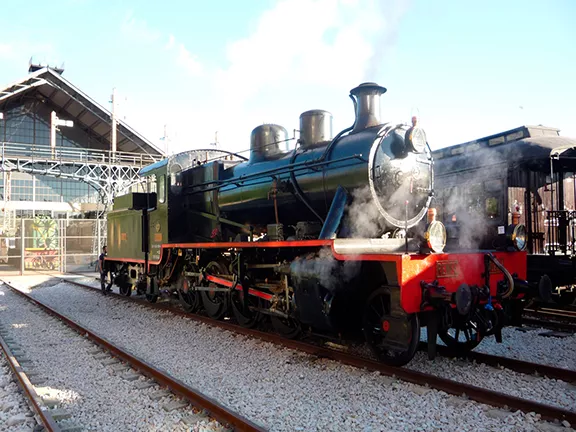 1: Setting the Stage for the GSSR
1: Setting the Stage for the GSSR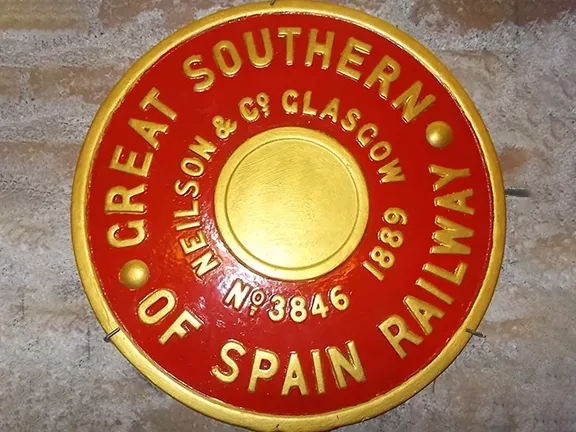 2: Founding the GSSR
2: Founding the GSSR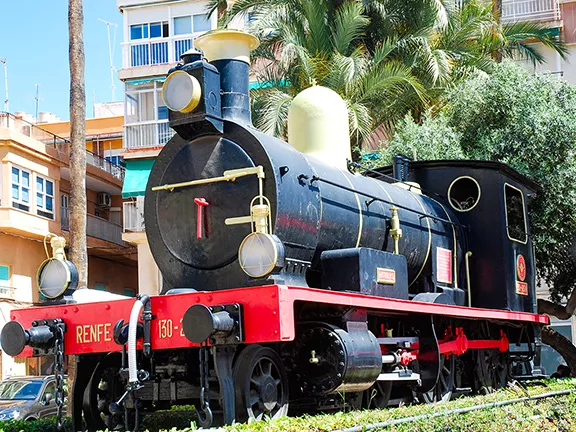 3: Águilas to Almendricos and Lorca (1885–1890)
3: Águilas to Almendricos and Lorca (1885–1890)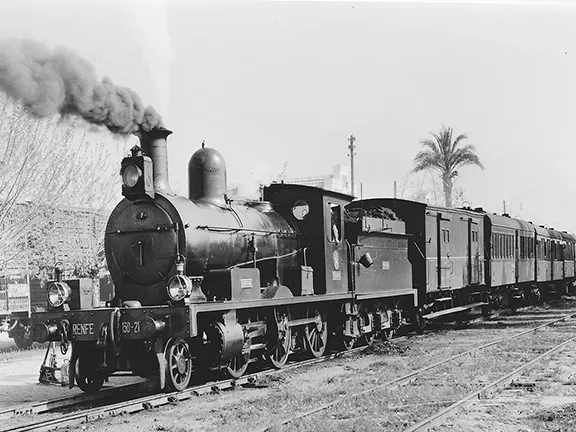 4: Implosion of Hett, Maylor & Co.
4: Implosion of Hett, Maylor & Co.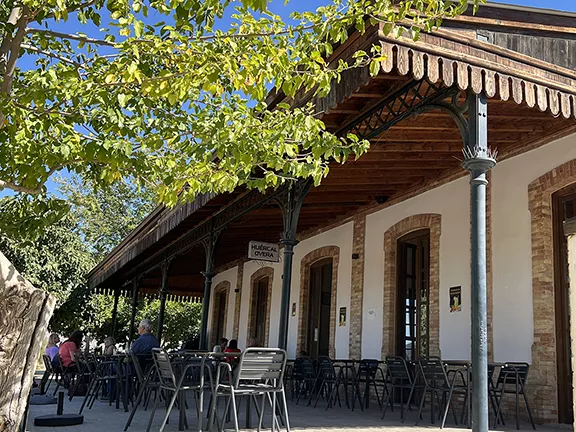 5: Almendricos to Huércal-Overa (1890–1891)
5: Almendricos to Huércal-Overa (1890–1891)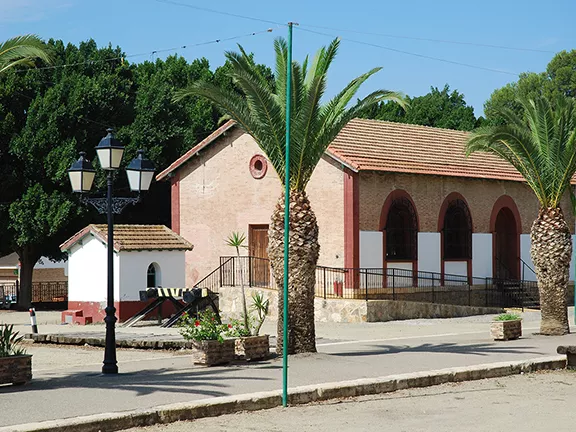 6: Huércal-Overa to Zurgena (1891–1892)
6: Huércal-Overa to Zurgena (1891–1892)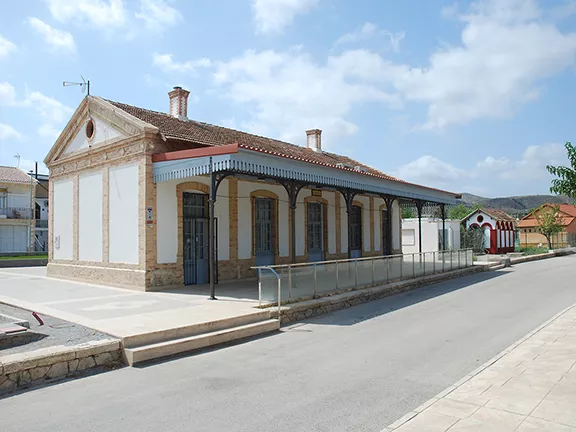 7: Zurgena to Almanzora (1892–1893)
7: Zurgena to Almanzora (1892–1893)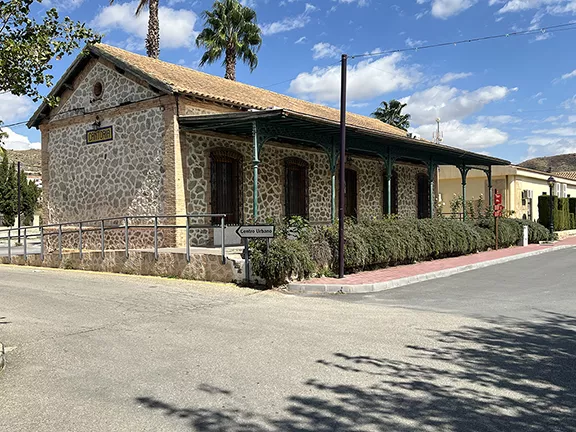 8: Almanzora to Purchena (1893–1894)
8: Almanzora to Purchena (1893–1894)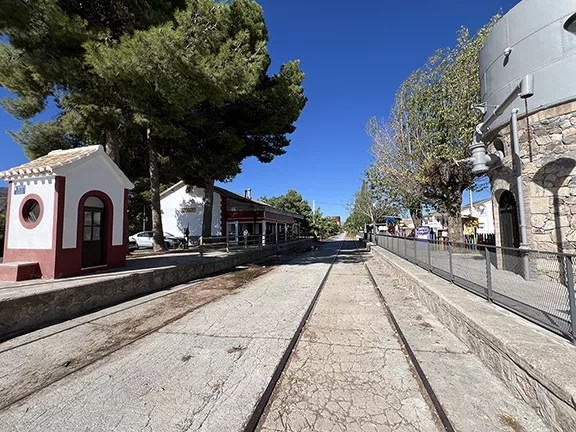 9: Purchena to Serón (1894)
9: Purchena to Serón (1894)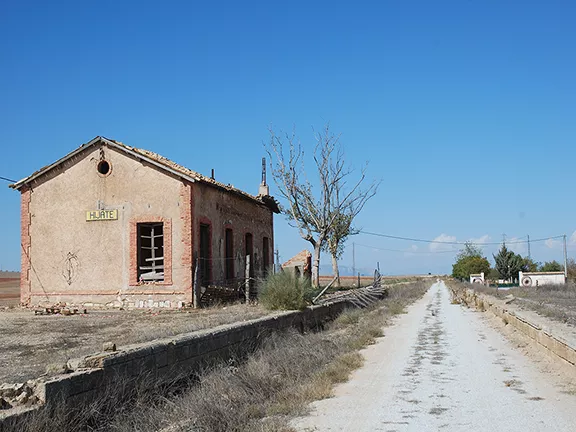 10: Serón to Baza (1894)
10: Serón to Baza (1894)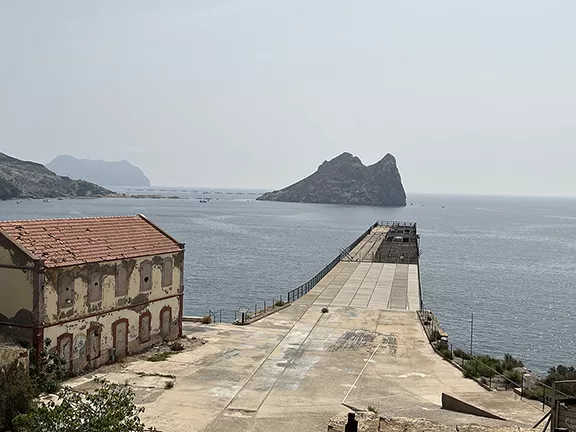 11: El Hornillo Ore Loading Pier (1903)
11: El Hornillo Ore Loading Pier (1903)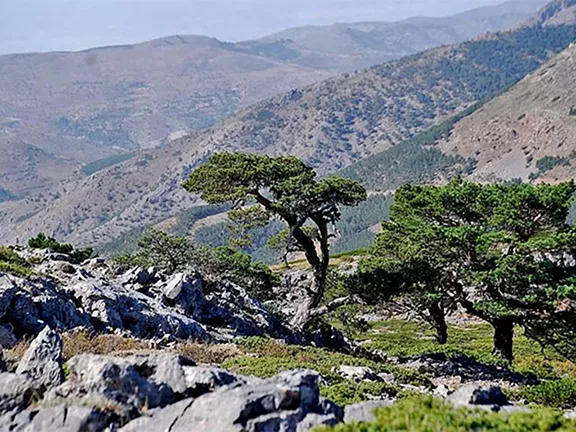 12: GSSR Concession Transfer
12: GSSR Concession Transfer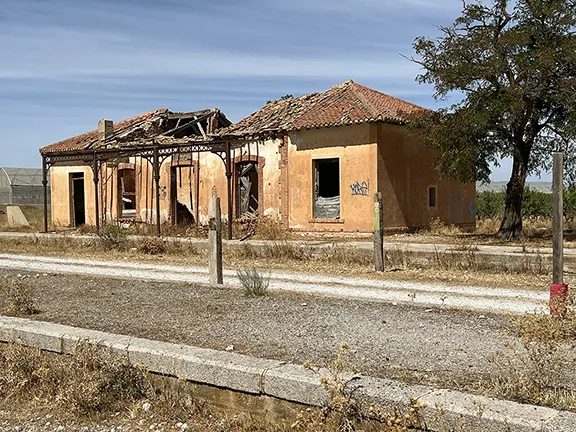 13: Baza to Baúl (1906)
13: Baza to Baúl (1906)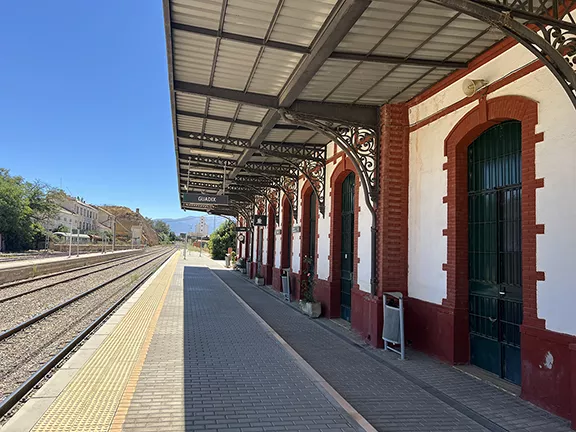 15: Gor Viaduct Disaster (1905)
15: Gor Viaduct Disaster (1905)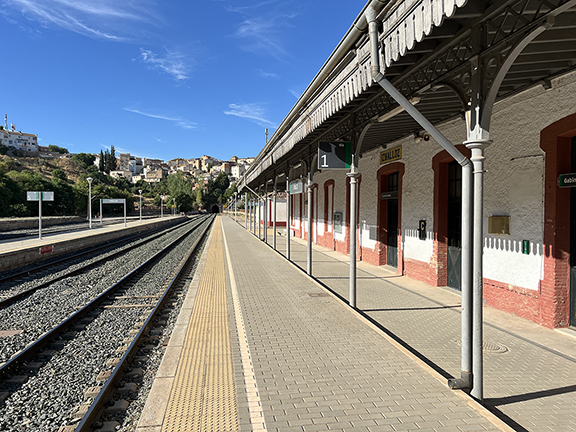 16: Granada to Guadix (1904)
16: Granada to Guadix (1904)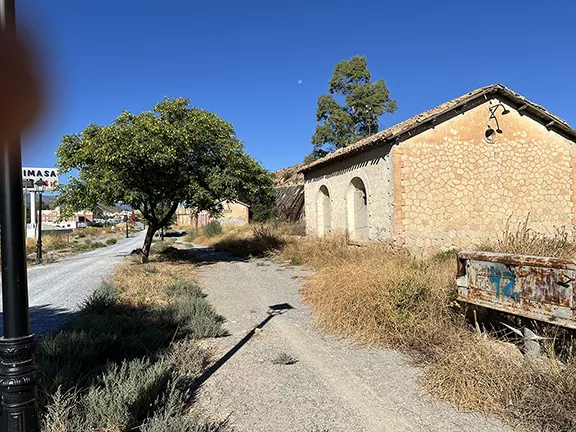 17: The Twilight and Rebirth of the GSSR
17: The Twilight and Rebirth of the GSSR